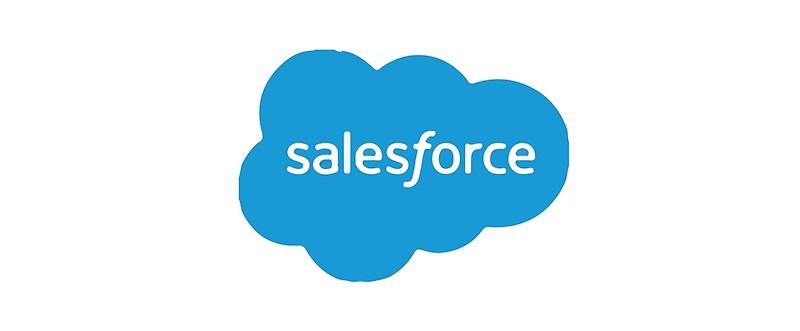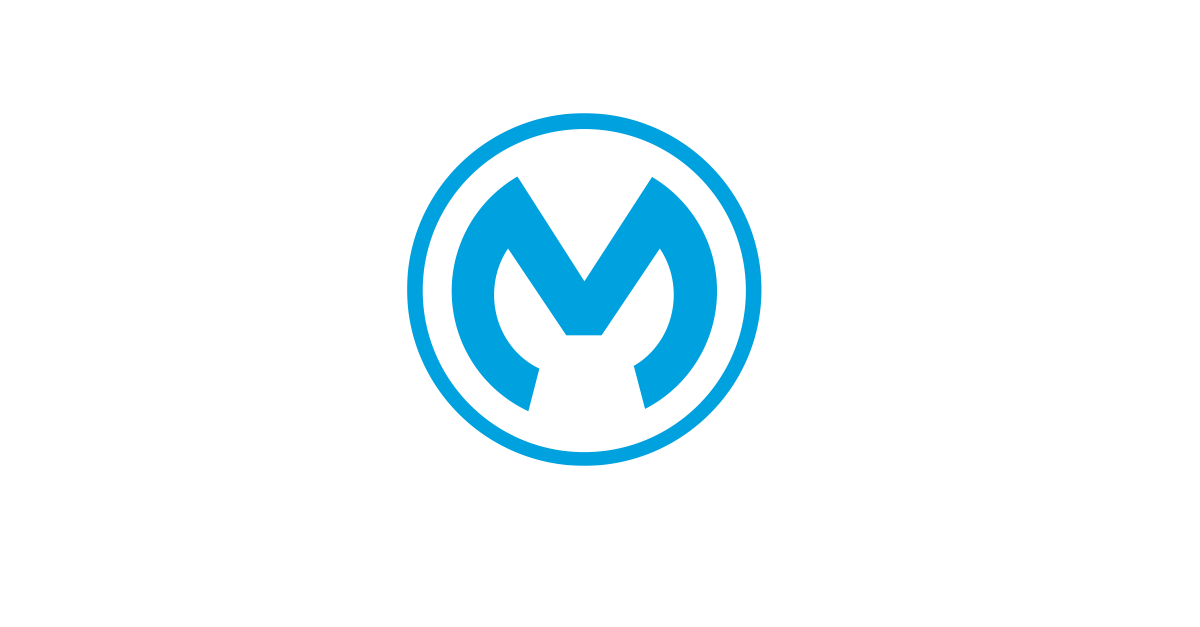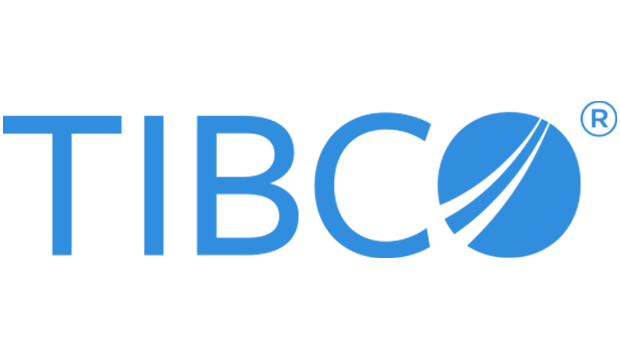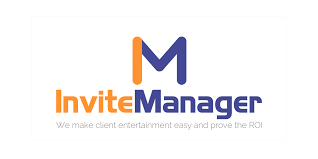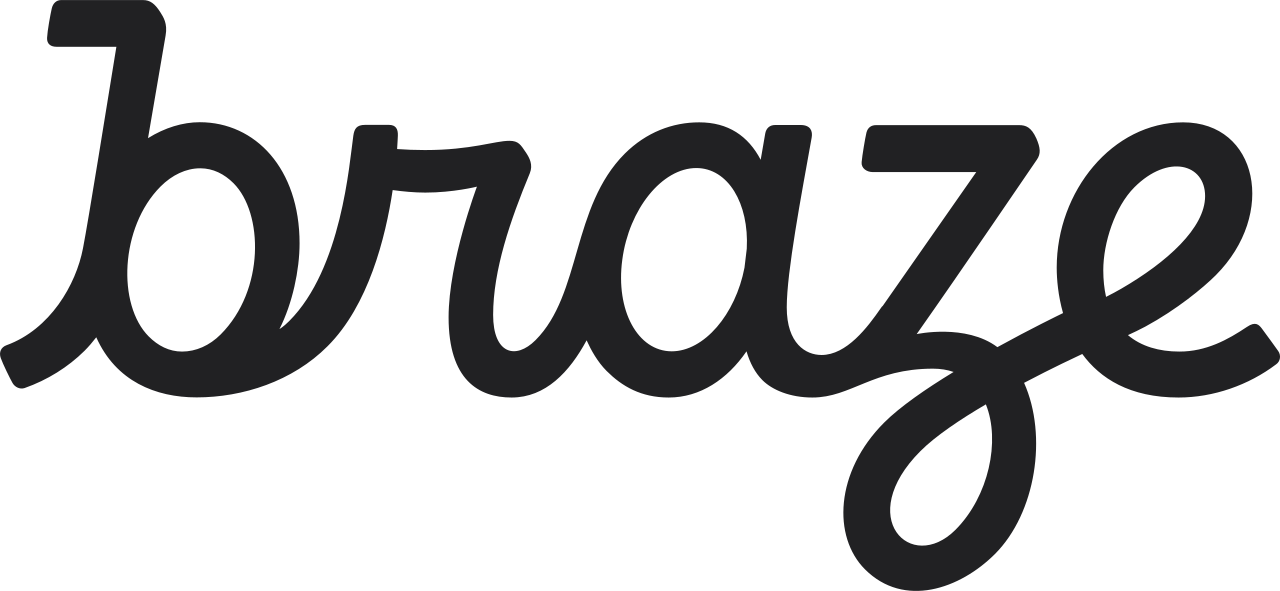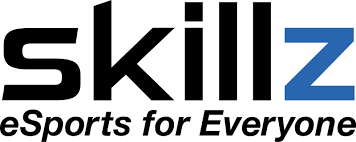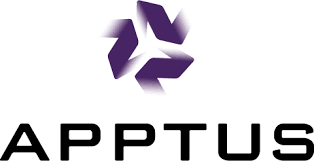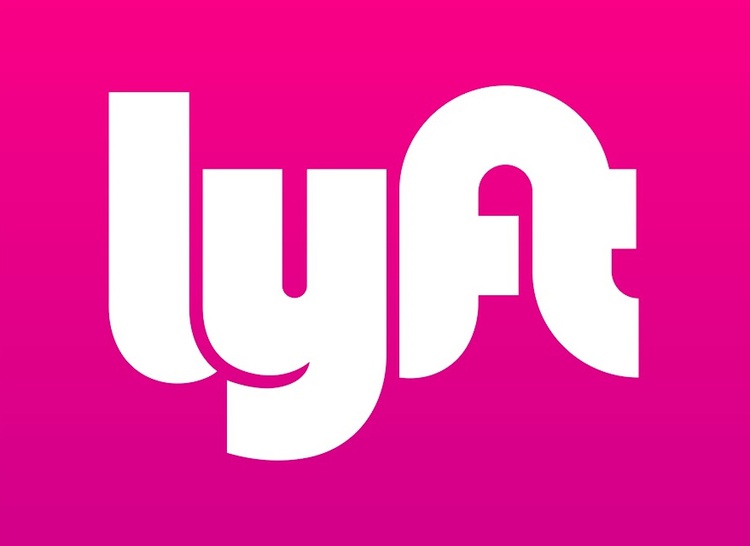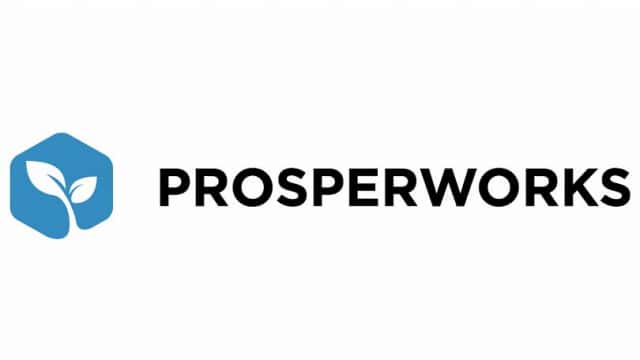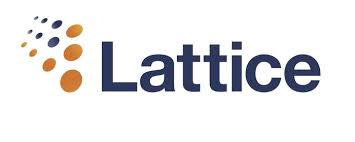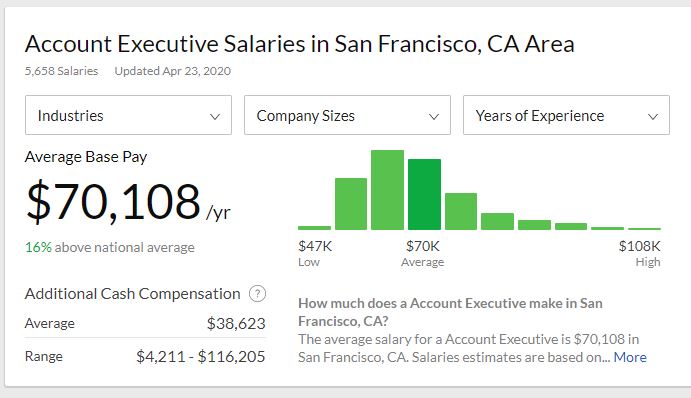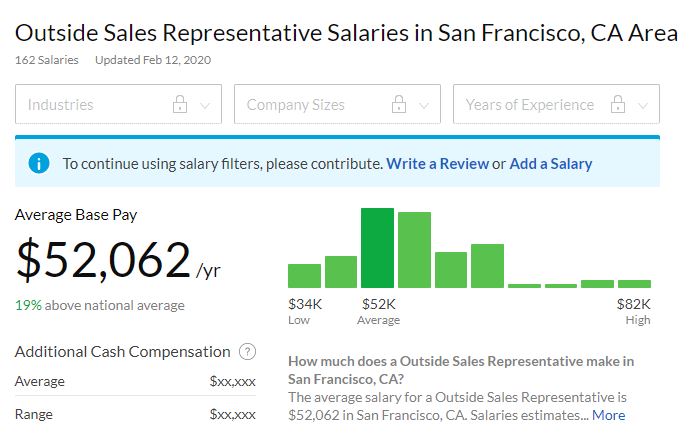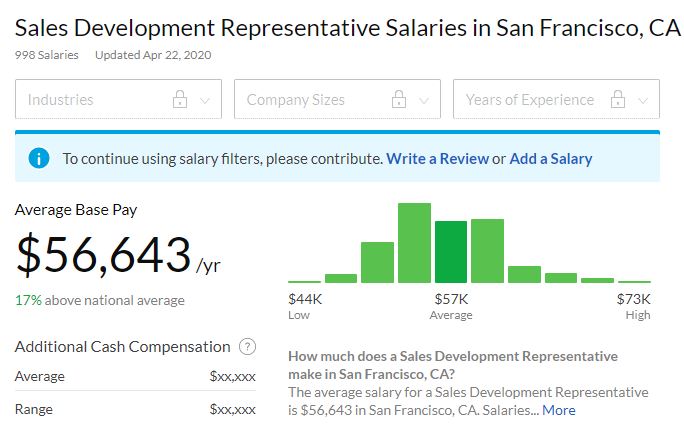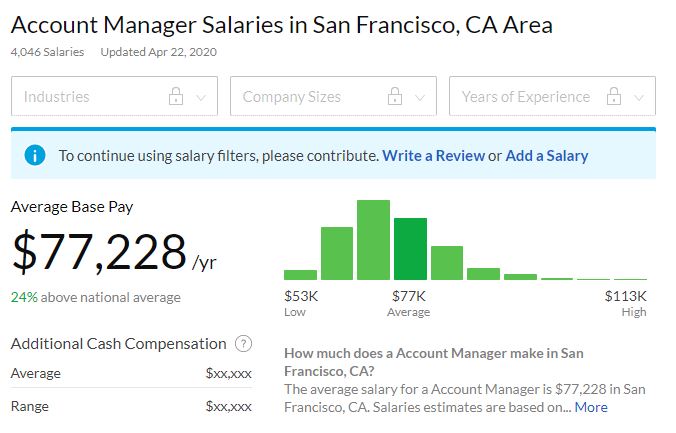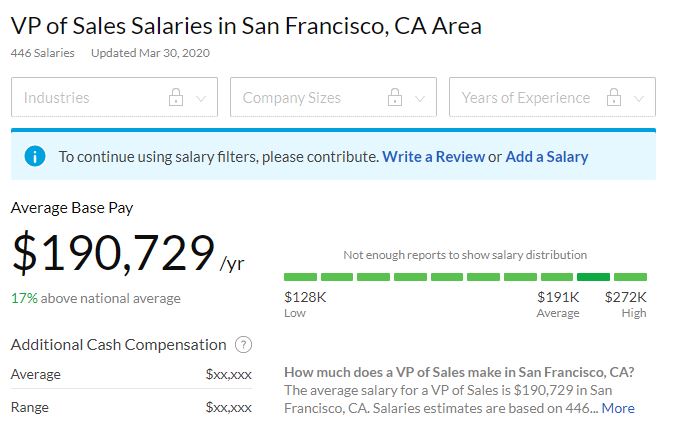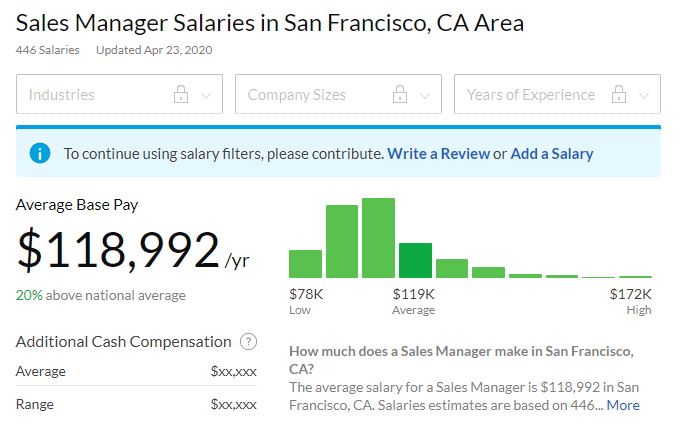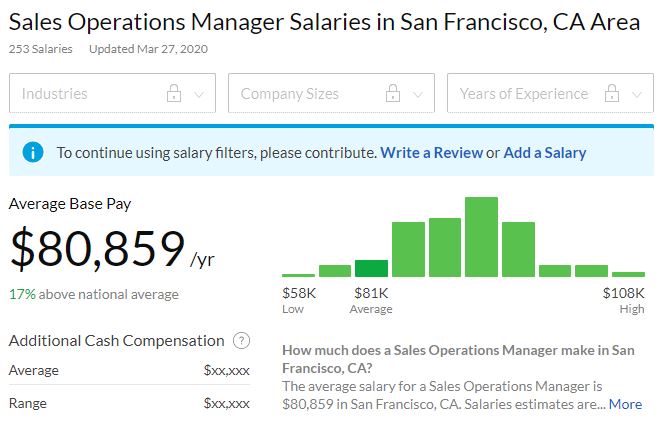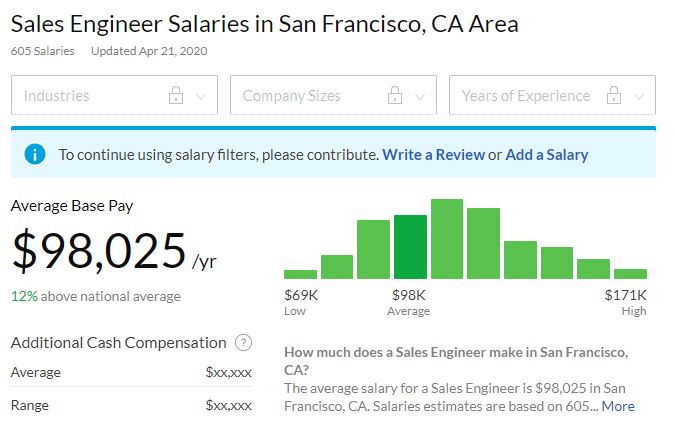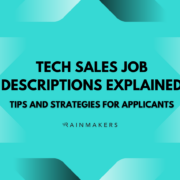Sales leadership positions are held by the elite. The men and women who earn a sales management job in tech startups or enterprises are the people who bring massive revenue and inspire huge results with their teams.
They have the strategy, experience, and methods to bring what the business needs to the table for their employer, their prospects, and their current customers, as well.
If you want one of these hot-seat roles, it’s not going to be an easy interview. You need to treat the process like a sale itself.
Here’s 8 things you need to do in order to land a successful sales management job:
- Know your ideal position.
- Find a niche.
- Understand how to identify key stakeholders.
- Make sure your job search is targeted.
- Be an advocate for your potential employer.
- Treat your interview like the sales process.
- Know how you’ll add value in the first 90 days.
- Get to know the people you’ll be working with.
1) Know Your Ideal Position
Within sales, there are many different departments that require leadership. For example, business development teams need different leadership and management compared to sales enablement or field sales reps.
If you happen to specialize in one or two of these departments, you need to look at larger companies to join.
Think about it. The VP Sales or CSO at a bootstrapped tech startup is going to have everything on his shoulders – the training, process creation and development, hiring, coaching and stack development.
But the VP of Business Development at an enterprise organization will have more narrow, specific focuses. This may suit your skillset better, as well as your previous work experience.
Consider if you prefer a department-based leadership role or being the head-honcho of the whole sales organization.
Finally, think about what type of work you most like to do. If you love to help people, being the business development leader will allow you to coach the SDR or BDR team. They’re learning, are thirsty for knowledge, and want to improve so they get promoted. This is a good fit for you.
Put together a list what you like doing and the corresponding positions that match your interests.
2) Find a Niche
You may already be working with a company that works with clients in the industry you are passionate about. You may be selling something you really care about. But, if this is not your current situation, it is extremely important to find it ASAP. Sales leadership roles are reserved for the elite, and sales leaders are expected to deliver elite results. There is enormous pressure in these roles. You do not want to question your choice of industry or employer after a few months in a new job.
It’s also important to remember that enterprise companies have numerous verticals they sell into. For example, you may think that joining the Salesforce sales leadership team means you would sell to X type of company, but not every rep and team faces the same niche. There will be room for movement when you consider this.
3) Understand How To Identify Key Stakeholders
Identify accounts – not employers – but continue your search by identifying which businesses are ready to bring you in.
Newly funded, growing, or even those businesses currently hiring are all viable accounts for you to review. Make a list of 10 at a time and research them extensively.
Think of the phrase “Go for the No” in sales. Research the companies in your chosen niche and industries until you find the red flag that indicates you wouldn’t want to work there.
Build a comprehensive list of target accounts for which you would want to work.
4) Make Sure Your Job Search Is Targeted
Listen to leading sales podcasts and you’ll hear the top performing sales reps tell the story of how they joined their company. Often, they have sold themselves an interview with their chosen account exactly how they would prospect into that same account.
This shows inventiveness, gives the business a taste of what you can do and what their team would be able to do under your tenure.
Map out the account, identifying the senior leadership team members. Find out who is on the sales team, look at their site, find their upcoming webinars, blog posts, join their email newsletter. Do everything to gather intelligence on the business so you can perform the best outreach your leadership has received at the company.
Don’t just drop in your resume and apply for a job via their site, or email the hiring manager. You can do that, but to have the best chance to land a great job and proving you are the right fit, do things the right way.
5) Be An Advocate For Your Potential Employer
One way to gain visibility and recognition is to socially surround the leadership team and the sales team. This will give you one-to-one recognition when you share the leadership team’s content. When they come to interview you or see you are showing interest, you already have the familiarity with the team.
It’s a great way to upgrade the standard conversation you have when you first walk into an interview. Instead of the small talk about your journey into the office or the weather, you get the “Oh, you shared my webinar last week, right? Thanks for doing that, we had a ton of sign ups!”.
Don’t just do that for the people on the team, do it for the business pages too. The marketing team will notice, and the network you already have might benefit from sharing of useful content from the potential employer (a win-win for both you and the network that benefits from the content).
Finally, imagine if you got the job and gained an inbound lead prior to your first day. Wouldn’t that be impressive?
6) Treat Your Interview Like The Sales Process
If you understand what the business needs or who it wants to hire, you can rest assured they want to bring change to the sales organization. Treat the interview like a pitch for a large business.
Prepare. Prepare. And prepare some more. Present exactly what you want to do and how you’ll do it. Remove the feeling and use of the word “If” from the thinking of the interviewers as much as possible.
Of course, you won’t have 100% of the information and understanding of the business during the interview, but be as close to 99.9% as you can and leave your future colleagues certain of exactly what you would do on Day 1 and beyond.
Allow for questions, come prepared with questions, and generally bring a solution to the table that makes good business sense. If you notice the sales team is young and you love to help coach, explain exactly that and lay out how you propose to help the young team learn and go on a journey to become better and winning reps.
Don’t come to an interview for a prestigious position and ask a couple of questions, answer theirs and leave like you’d been interviewed for a mid-management job. Leadership positions require leader-like preparation and strategy.
7) Know How You’ll Add Value In Your First 90 Days
Plan exactly what will happen with your arrival at the company. What tools will you want to use or look at, and why. What new processes might you want to explore, what new tactics do you have in your playbook that you would want to test? Share this during your interview process when you are at the more serious stages of the interview, not as soon as you sit down.
It’s important to stress with that you need to think hypothetically, but make your plan as realistic as possible. You don’t know the budget, nor what tools the company already uses. Explain that you want to give an idea of exactly what happens in your mind when you picture the first 60 days, 6 months, whatever time period is most comfortable for you.
This helps the leadership team work out what direction you’ll take. It’s not a land the job and assess and move; you’re showing you come prepared with a plan.
8) Get To Know The People You’ll Be Working With
This process has an element of scale where you’re not going to engage in 1200 conversations with potential colleagues when you’re at the early stages of formulating your top company list.
The benefit of this is to build relationships within the team and to show your real intention to join the team for reasons other than the salary. The one thing to be careful of is to not go too far with talking about where you are with the interview process and equally too far on the specifics of the work the people are doing.





